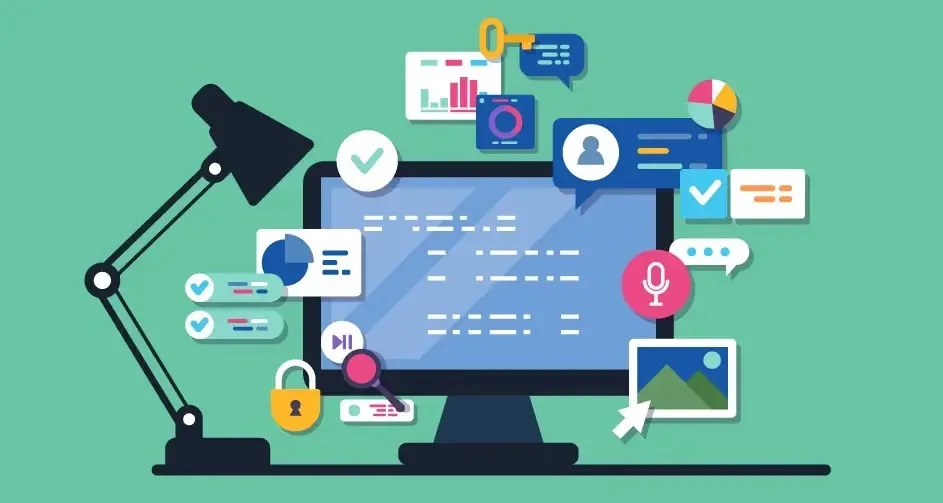Tester: The Key to Ensuring Software Quality
A tester is the person responsible for testing software to ensure that the product works as expected and without errors. The tester’s goal is to find problems, bugs, and requirements mismatches to help the development team improve product quality.

Classification of Tester
Manual Testing
Manual Testing is a software testing method where the tester performs testing activities manually without using automation tools. In Manual Testing, the tester acts as an end-user, interacting with and checking the features, functionalities, interfaces, and other aspects of the software to ensure it works as expected and meets requirements.
The main functions of Manual Testing include:
- Preparing Test Scenarios: Testers create test scenarios based on the software requirements and analysis documents. Test scenarios define the specific test steps that the tester will perform.
- Executing Tests: Testers manually execute the steps in the test scenarios. They check the software’s features, functionalities, and interfaces, enter data, interact with components, and verify the results to determine if the software works correctly.
- Recording Results: Testers record the results of each test step, including expected and actual outcomes. They also document any bugs or issues found during testing.
- Debugging: If errors occur during testing, testers debug to identify the root cause of the error and report it to the development team for fixing.
- Evaluation and Reporting: Testers evaluate the test results and prepare a report on the test status, detected bugs, and other issues related to the software. This report provides valuable information for the development team to improve software quality.
Automation Testing
Automation Testing is the process of using software and automation technology to execute software test scenarios. Instead of performing tests manually, testers use tools and automation techniques to execute test steps, compare actual results with expected results, and generate test result reports.
The main tasks of Automation Testing include:
- Creating Automated Test Scripts: Testers use tools and programming languages to build automated test scripts. These scripts include test steps, input data, and expected test results.
- Executing Automated Tests: Automated test scripts are executed by automation tools and frameworks. These tools interact with the application or system under test, perform test steps, enter data, and check results.
- Comparing Results: Automation tools compare the actual test results with the expected results defined in the test scripts. Any discrepancies are recorded and reported as bugs.
- Generating Test Reports: Automation tools provide detailed reports on the automated testing process. These reports include information about the number of test steps executed, the number of bugs detected, and the overall test results.
The Perfect Collaboration Between AI and Testers
The collaboration between Artificial Intelligence (AI) and testers represents a transformative approach in software development, enhancing both efficiency and accuracy. AI automates repetitive testing tasks, allowing testers to focus on more complex and nuanced aspects of the software. By quickly executing numerous test cases, AI identifies discrepancies and patterns that might be overlooked manually, thus accelerating the testing process and improving bug detection.
AI’s capability for continuous and comprehensive testing ensures that issues are identified early in the development lifecycle. This ongoing analysis helps maintain consistent software quality and reduces the risk of major defects being discovered late in the process. While AI handles the heavy lifting of repetitive tasks, human testers bring essential insight and creativity to the table. They interpret AI-generated results, optimize testing strategies, and ensure that the software meets user expectations.
PadiTech embraces this synergy between AI and human expertise to deliver superior software testing solutions. By leveraging both AI and human skills, we ensure an effective and reliable software development process.






